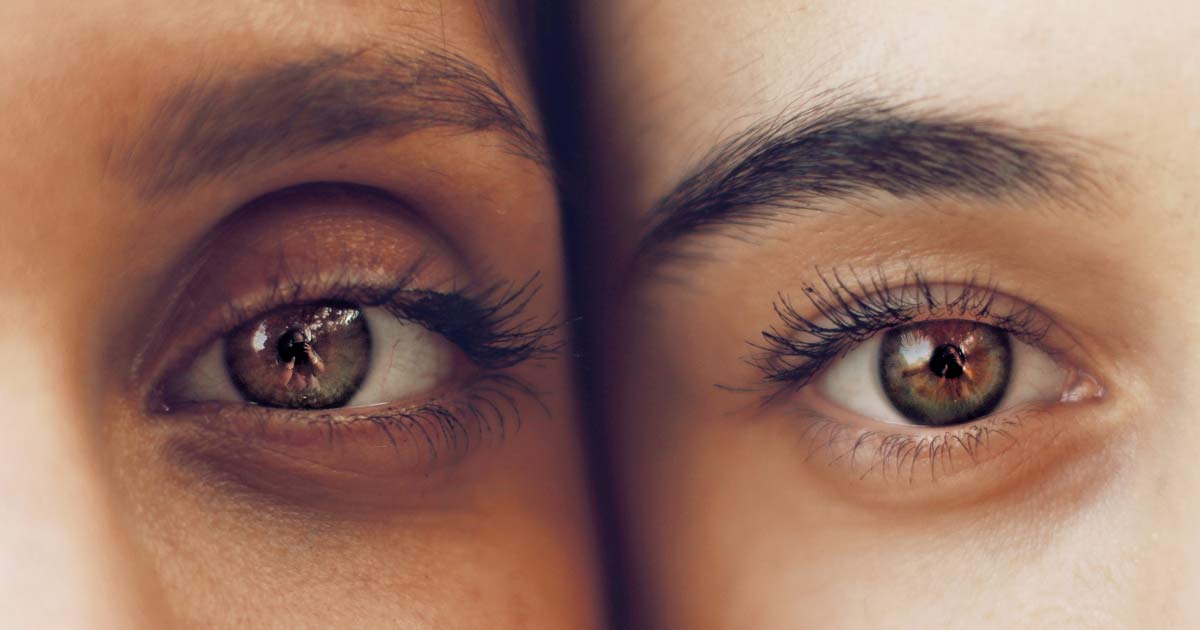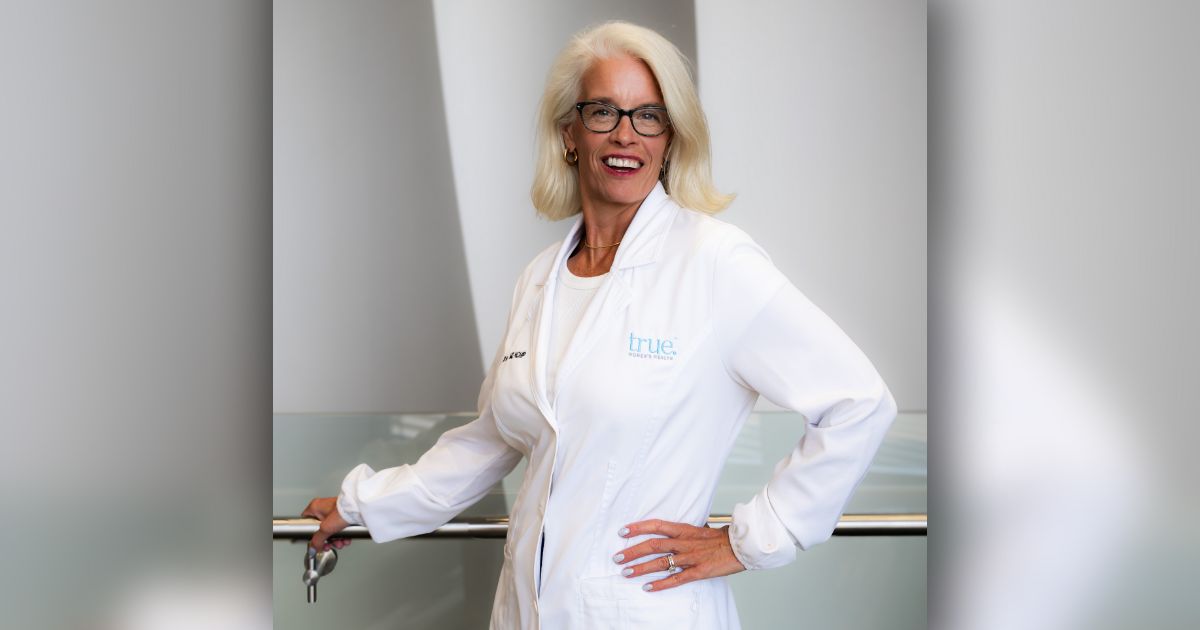Douglas Doyle, D.O., Medical Director, Ophthalmology, Metro Health – University of Michigan Health, notes that of the 4.1 million Americans over the age of 40 who currently suffer from visual impairment or blindness, 2.6 million are women.
"Four of the top diseases causing these impairments—cataract, glaucoma, age-related macular degeneration and diabetic retinopathy—are conditions that are treatable if caught early in the process," said Doyle. "Women are also more likely to suffer from dry eye, which is becoming a serious health concern."
A common myth Doyle hears is that changes in vision or decreased vision is a "normal part of aging."
"Our eyes and vision do change as we age and needing reading glasses or a bifocal in glasses in the mid to late 40s is an age-related change that's normal and expected," said Doyle. "However, decreased vision should always be evaluated by an eye doctor to rule out a more serious disease process that might require treatment and to possibly improve vision either through glasses, contacts, or other procedures."
Some ocular health best practices for women include:
- Having a complete dilated eye exam from an eye care professional and sharing any past medical and ocular history.
- Eating a well-balanced diet full of green leafy vegetables like spinach, kale, and collards as well as foods high in omega-3 fatty acids, such as salmon and tuna.
- Quitting smoking.
- Investing in good sunglasses with UVB and UVA protection.
- Wearing safety glasses when working or playing in situations where injury could occur.
It's important to understand, Doyle adds, that the most common eye diseases related to visual impairment have little to no early symptoms.
"Eye exams can identify most of these conditions early on, where treatment can be started before visual loss has occurred, preventing or reducing the risk of visually limiting eye disease."
Written by Sarah Suydam, Staff Writer for West Michigan Woman.
This article originally appeared in West Michigan Woman.




